The Ultimate Guide to Scuba Diving in Fiji
Fiji, often referred to as the “Soft Coral Capital of the World,” stands as a premier destination for scuba diving enthusiasts. Nestled in the heart of the South Pacific, this archipelago is celebrated not only for its picturesque landscapes above water but also for its spectacular marine biodiversity beneath the waves. Home to some of the world’s most pristine and vibrant coral reefs, Fiji offers divers a unique underwater experience. The warm, clear waters welcome divers of all skill levels, revealing a world teeming with colorful coral gardens, intricate cave systems, and an impressive array of marine life. From the elusive manta rays to the playful dolphins, Fiji’s underwater realms provide an unforgettable adventure that beckons divers time and again
Why Choose Fiji for Scuba Diving?
Unique Geography
Fiji is an archipelago nation made up of over 900 volcanic islands scattered across the South Pacific Ocean. This volcanic activity has created a diverse underwater landscape with dramatic walls, swim-throughs, caves, and stunning coral reefs. The Great Astrolabe Reef, the world’s third-largest barrier reef system, winds its way around many of the islands, providing a protected environment for a rich variety of marine life.
Warm, Clear Waters
Fiji boasts some of the clearest and warmest waters in the world, thanks to its tropical location. Visibility often exceeds 100 feet, making it perfect for underwater photography and simply enjoying the stunning views. The warm water temperatures, averaging in the mid-to-high 70s Fahrenheit year-round, allow divers to explore comfortably in lighter wetsuits.
Extensive Coral Reefs
Fiji is nicknamed the “Soft Coral Capital of the World” by legendary explorer Jacques Cousteau, and for good reason. The reefs here are bursting with colorful soft corals in a dazzling array of shapes and sizes. Hard corals are also abundant, creating a complex and thriving underwater ecosystem.
Diverse Dive Sites
Fiji caters to divers of all experience levels. Scuba Diving in Fiji for beginners, there are shallow reefs with calm currents and abundant marine life. More experienced divers can explore deeper walls, swim-throughs, and even shipwrecks. The Beqa Lagoon is world-famous for its shark dives, where divers can safely observe a variety of shark species in their natural habitat.
Whether you’re a seasoned diver or just getting started, Fiji has something to offer everyone. So if you’re looking for an unforgettable scuba diving experience, Fiji should be at the top of your list.

Best Times to Dive in Fiji
Fiji’s tropical climate allows for scuba diving year-round, but the best time for your trip depends on what you prioritize. Here’s a breakdown of Fiji’s seasons and what divers can expect:
Climate Overview
Fiji has two distinct seasons: winter (dry season) from April to October and summer (wet season) from November to March.
Winter (April to October)
This is the peak season for diving in Fiji, with calm seas, clear visibility, and comfortable air and water temperatures (around 21-30°C air and 25-28°C water). However, it’s also the busiest and most expensive time to visit and Scuba Diving in Fiji.
Summer (November to March)
The water gets even warmer (28-30°C), but cyclones become a possibility, and there’s more rain and humidity. Visibility can be reduced due to increased plankton blooms, but this also attracts filter feeders like manta rays and whale sharks.
Month-by-Month Breakdown:
- March: The warmest water temperatures, but higher chance of rain and potential for cyclones.
- April-May: Transition month; good balance of warm water and decent visibility.
- June-July: Excellent visibility with cooler (but still comfortable) water temperatures.
- August-September: Peak visibility continues, with possible encounters with larger pelagic fish.
- October: Visibility might start to decrease slightly, but still good diving conditions.
- November: Warmer water returns, but visibility can be lower due to plankton blooms.
- December-February: Highest chance of cyclones and lower visibility, but manta ray and whale shark sightings increase.
Choosing the Right Time
- Crystal Clear Visibility: July-September (winter) offers the best chance of exceptional underwater clarity.
- Warmest Water: March and November-April (summer) boast the highest water temperatures.
- Manta Ray and Whale Shark Encounters: November-February (summer) is prime time for spotting these majestic creatures.
- Budget and Crowds: Shoulder seasons (April-May and October) offer a good balance between conditions and pricing, with fewer crowds.
No matter when you choose to dive in Fiji, you’re sure to be amazed by the underwater world. Just weigh your priorities for visibility, water temperature, marine life encounters, and budget to pick the perfect time for your Fijian diving adventure.

Top Dive Sites in Fiji: Plunge into an Underwater Paradise
Fiji’s reputation as a world-class scuba diving destination is well-deserved. With its stunning coral reefs, diverse marine life, and warm, clear waters, Fiji offers something for divers of all experience levels. Here’s a glimpse into some of the top dive sites you can’t miss:
1. Great Astrolabe Reef

- Location: The Great Astrolabe Reef is the world’s third-largest barrier reef system, winding its way around Vanua Levu, Fiji’s second-largest island.
- Description: This massive reef system boasts incredible biodiversity. Divers can explore vibrant coral bommies, swim-throughs, and dramatic walls teeming with colorful fish, sharks, turtles, and crustaceans.
- Marine Life: Expect to encounter a dazzling array of tropical fish, including clownfish, angelfish, butterflyfish, and Moorish idols. Keep an eye out for reef sharks, turtles, eagle rays, and even the occasional manta ray.
2. Beqa Lagoon

- Location: Beqa Lagoon is located on the south coast of Viti Levu, Fiji’s main island.
- Claim to Fame: Nicknamed the “Shark Capital of the World,” Beqa Lagoon is a haven for shark enthusiasts. Divers can safely observe various shark species, including bull sharks, tiger sharks, and nurse sharks. The lagoon also boasts incredible coral diversity and healthy fish populations.
- Conservation Efforts: Beqa Lagoon is home to several shark conservation initiatives. These programs work to educate divers on the importance of sharks in the marine ecosystem and promote sustainable diving practices.
3. Namena Marine Reserve
- Location: Situated off the coast of Vanua Levu, Namena Marine Reserve is a protected area known for its pristine coral reefs and abundant marine life.
- Importance: The reserve plays a vital role in protecting Fiji’s delicate marine ecosystem. Fishing and other extractive activities are strictly prohibited, allowing the coral reefs and fish populations to flourish.
- Dive Experiences: Namena offers a variety of dive sites suitable for all levels. Divers can explore colorful coral reefs teeming with tropical fish, navigate swim-throughs, and encounter sharks, turtles, and eagle rays.
4. Bligh Water
- Location: Bligh Water is a channel separating Vanua Levu and Viti Levu.
- Description: This nutrient-rich channel is known for its strong currents and vibrant coral formations. The currents attract a diverse range of marine life, including sharks, tuna, barracuda, and large pelagic fish.
- Underwater Photography: Bligh Water’s dynamic currents and colorful reefs create stunning underwater scenes, making it a photographer’s paradise. Divers are advised to use strobes to capture vibrant colors and avoid blurry images due to water movement.
5. Manta Ray Season

- Best Time: Manta rays grace the Fijian waters year-round, but encounters are most frequent from November to April (summer months).
- Locations: Manta rays are typically spotted at cleaning stations, specific reef areas where they visit to be cleaned by smaller fish. Some popular spots for manta ray encounters include Manta Reef in Namena Marine Reserve and Makambo Reef in Yasawa Islands.
These are just a few of the incredible dive sites Fiji has to offer. With its diverse underwater world and pristine marine environment, Fiji is a dream destination for scuba divers worldwide. So pack your dive gear, choose your ideal season, and get ready to explore the magic of Fiji’s underwater paradise!
Types of Dives Offered in Fiji
- Wall Dives:Fiji boasts some of the world’s most spectacular wall dives, where coral reefs plummet dramatically into the deep blue. These dives offer encounters with a wide variety of marine life, from colorful reef fish to large pelagic species.
- Wreck Dives:Explore the fascinating underwater world of shipwrecks, remnants of Fiji’s maritime history. These dives offer a unique opportunity to see a variety of marine life inhabiting the wrecks.
- Night Dives:Experience a whole new world come alive after dark. Night dives offer encounters with nocturnal creatures like eels, octopus, and reef sharks.
- Drift Dives:Glide effortlessly through the currents along vibrant coral reefs, encountering an array of marine life. These dives are perfect for experienced divers comfortable navigating currents.
Dive Sites for All Levels Scuba Diving in Fiji
- Beginners: Several calm dive sites with shallow coral reefs and abundant marine life are perfect for beginners. Examples include Rainbow Reef and Coral Gardens in Namena Marine Reserve.
- Advanced Divers: Experienced divers can explore deeper walls, drift dives with strong currents, and even technical dives like cave diving. Beqa Lagoon and Bligh Water are renowned for challenging dives with exceptional marine life.
Marine Life in Fiji
Fiji’s waters are a haven for a dazzling array of marine life. Here’s just a glimpse of what you can expect:
Sharks:
Shark enthusiasts will be thrilled by encounters with various shark species, including bull sharks, tiger sharks, and nurse sharks, in Beqa Lagoon. Fiji also boasts manta rays and the occasional whale shark sightings.

Turtles:

Graceful sea turtles are frequent visitors to Fiji’s coral reefs. Divers might encounter green sea turtles, hawksbill turtles, and loggerhead turtles.
Tropical Fish:
A kaleidoscope of colorful tropical fish inhabit Fiji’s reefs. Expect to see clownfish, angelfish, butterflyfish, damselfish, and many more.
Conservation Status and Efforts
Fiji’s marine environment faces threats like pollution and overfishing. Thankfully, several conservation efforts are underway:
- Marine Protected Areas: Several marine protected areas in Fiji restrict fishing and other activities to safeguard the delicate ecosystem.
- Sustainable Diving Practices: Reputable dive operators promote responsible diving and educate tourists on protecting marine life.
Dive Safety and Regulations in Fiji
- Safety Protocols: Dive operators in Fiji adhere to strict safety protocols to ensure a safe and enjoyable diving experience. Always follow your dive guide’s instructions and dive within your certification limits.
- Licensing and Regulations: Divers must possess a valid diving certification card to participate in dives in Fiji. Some dive sites might have specific requirements for diver experience.
- Choosing a Reputable Dive Operator: Opt for a reputable and PADI-certified dive operator with a proven safety record and experienced guides. These operators prioritize safety and promote sustainable diving practices.
Choosing a Dive Operator
When selecting a dive operator in Fiji, consider these factors:
- Safety Record: Choose a dive operator with an excellent safety record and a commitment to responsible diving practices.
- Experienced Guides: Opt for a company with experienced and knowledgeable guides who can ensure your safety and show you the best dive spots.
- Eco-Friendly Practices:Support a dive operator committed to environmental sustainability and marine conservation. Look for operators who use eco-friendly practices like reef-safe sunscreen and minimizing boat waste.
Preparation Tips for Scuba Diving in Fiji
- Gear: Ensure you have properly fitting dive gear, including a wetsuit, mask, fins, regulator, BCD, and weights. Rental options are available at most dive resorts.
- Health and Fitness: Be in good physical health and comfortable in the water. Divers with pre-existing medical conditions should consult a doctor before diving.
Conclusion
Fiji beckons with crystal-clear waters, vibrant coral reefs, and a kaleidoscope of marine life. From exhilarating wall dives to serene coral gardens, Fiji offers adventures for divers of all levels. But remember, this underwater paradise thrives because of responsible tourism practices.
Choose a reputable dive operator committed to safety and sustainability. Embrace eco-friendly practices and become an ocean advocate. By diving responsibly, you can help preserve Fiji’s underwater magic for generations to come.
So pack your bags, grab your fins, and get ready to experience the unforgettable beauty of scuba diving in Fiji. Remember, with great adventure comes great responsibility. Let’s explore and protect this underwater paradise together.
Disclosure: This post may contain affiliate links, which means that DIVEMONDO may receive a small commission if you make a purchase using these links. As an Amazon Associate this website earn from qualifying purchases.

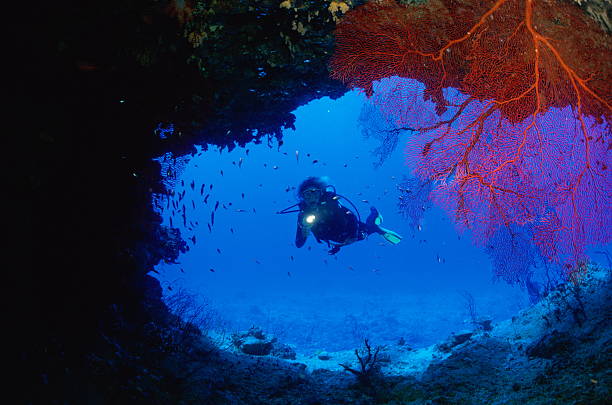
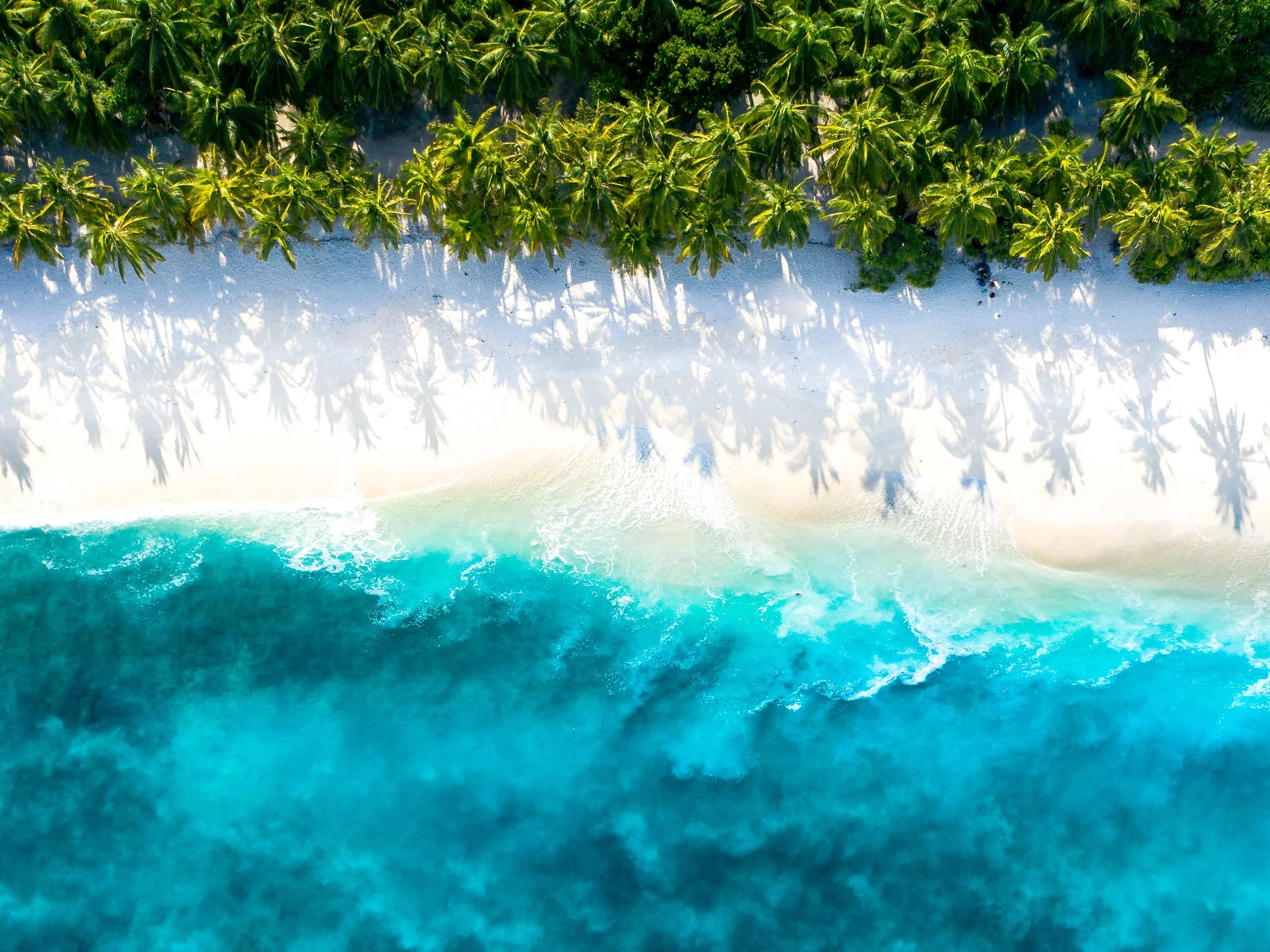
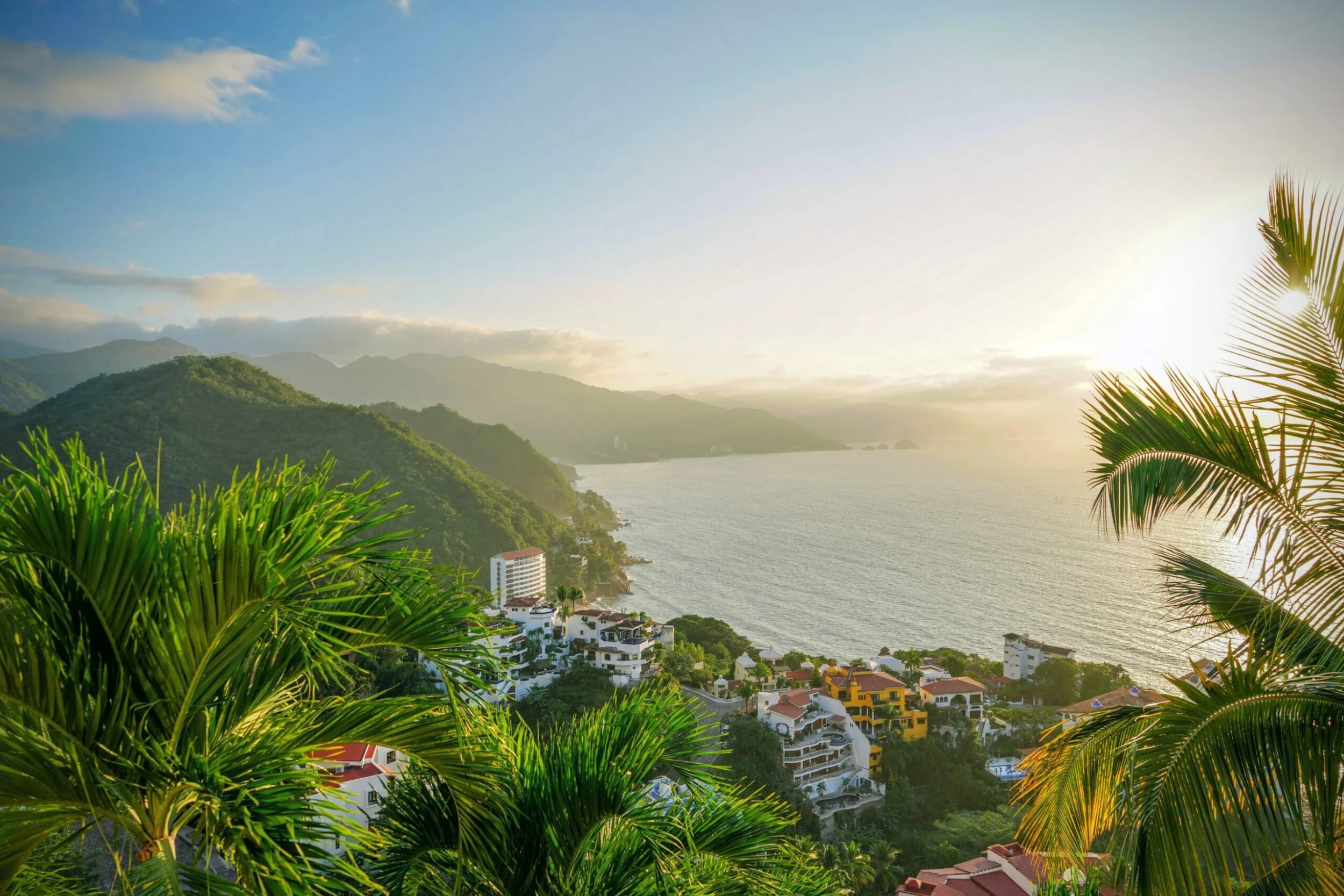
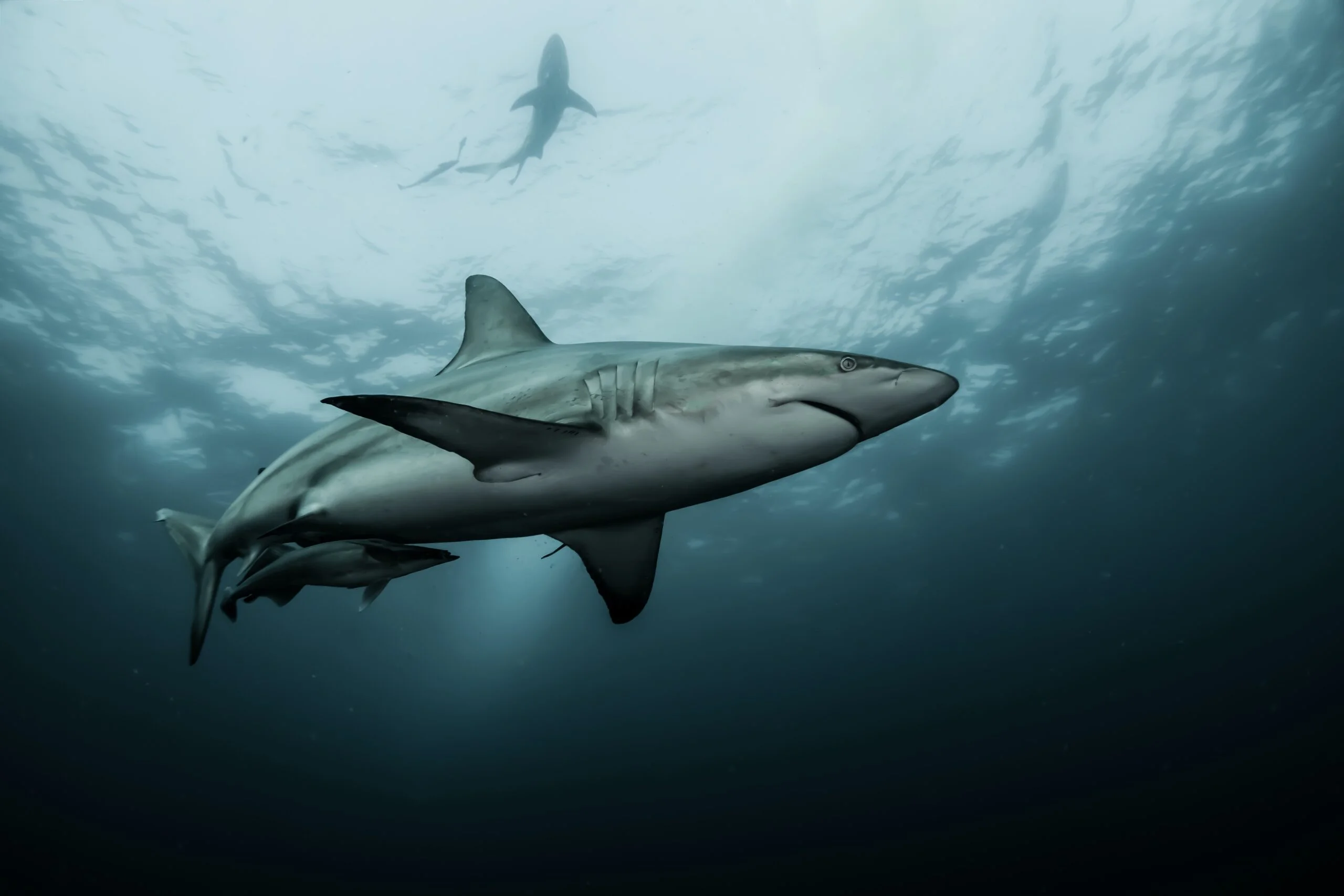
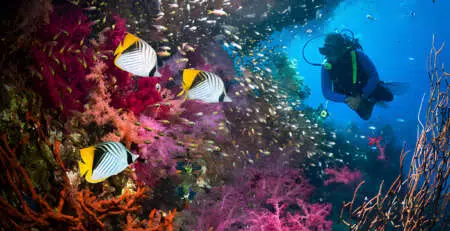

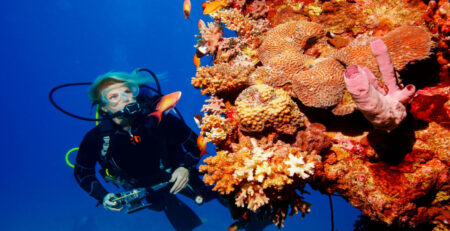
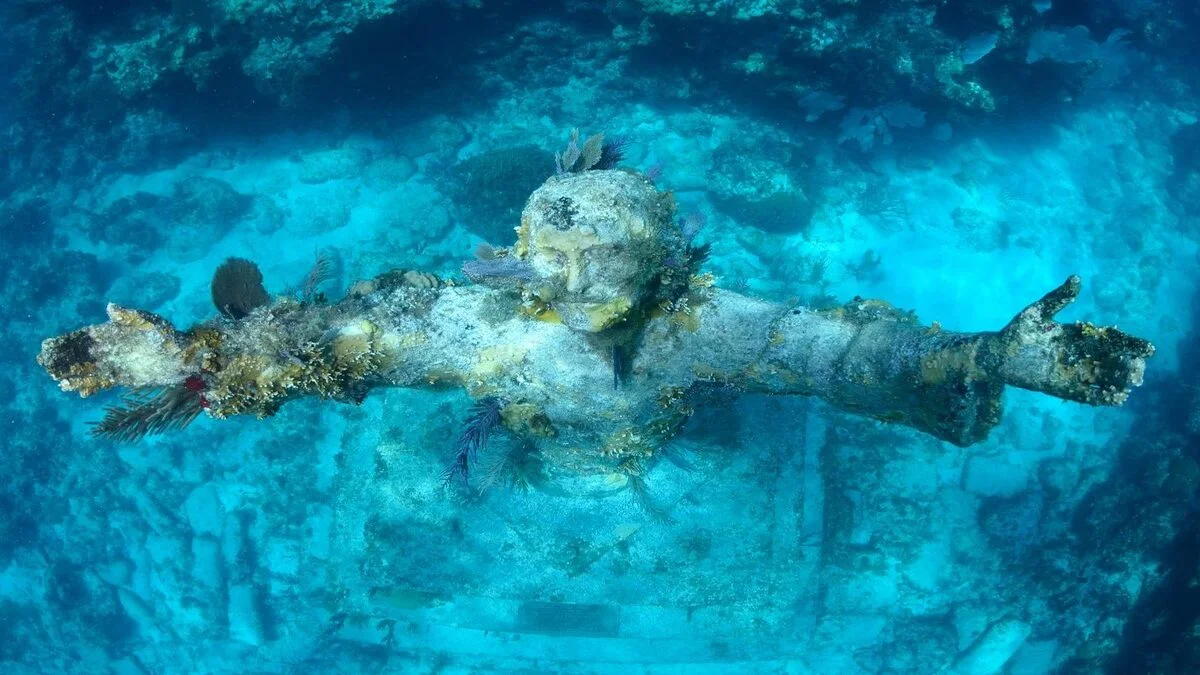
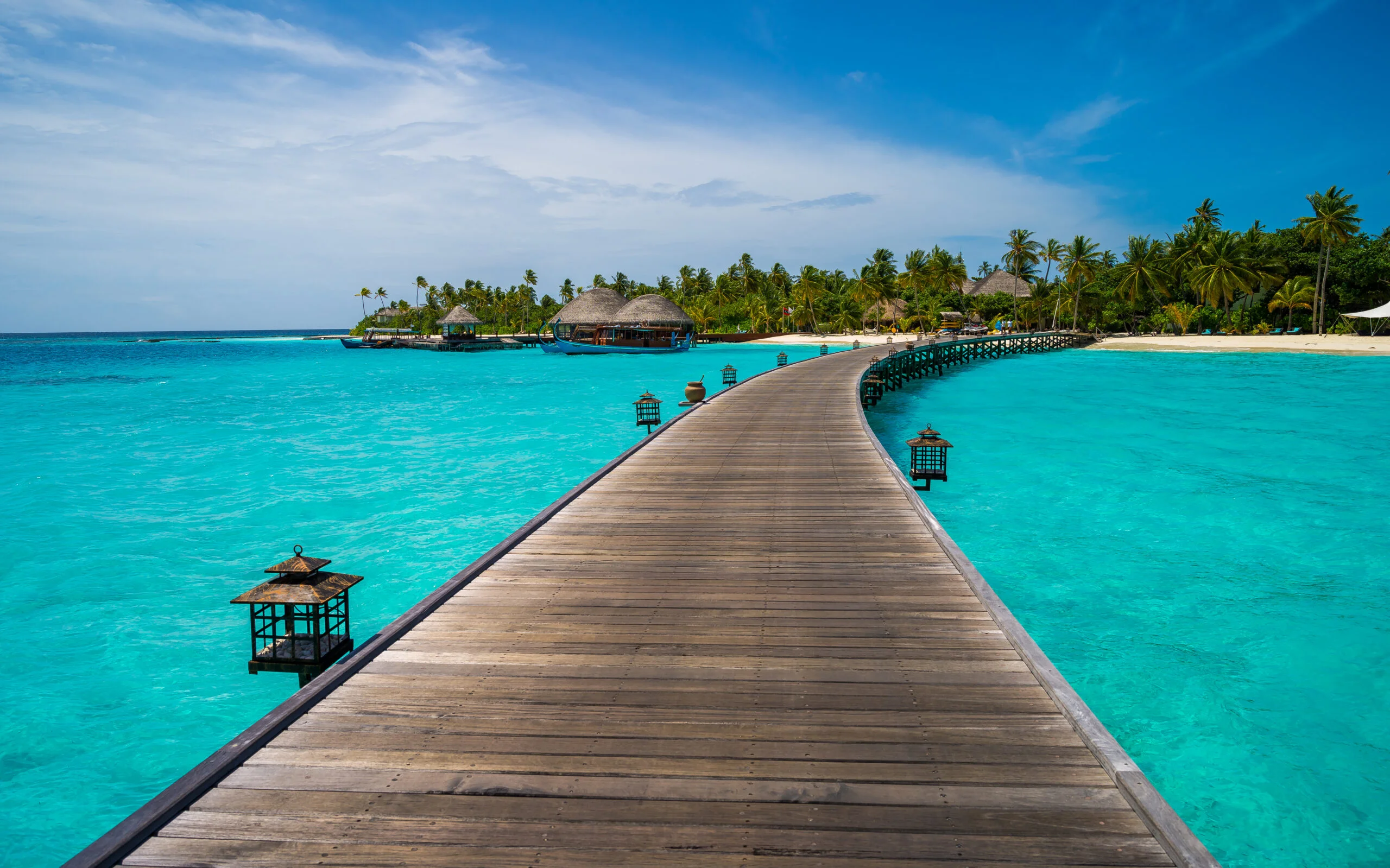
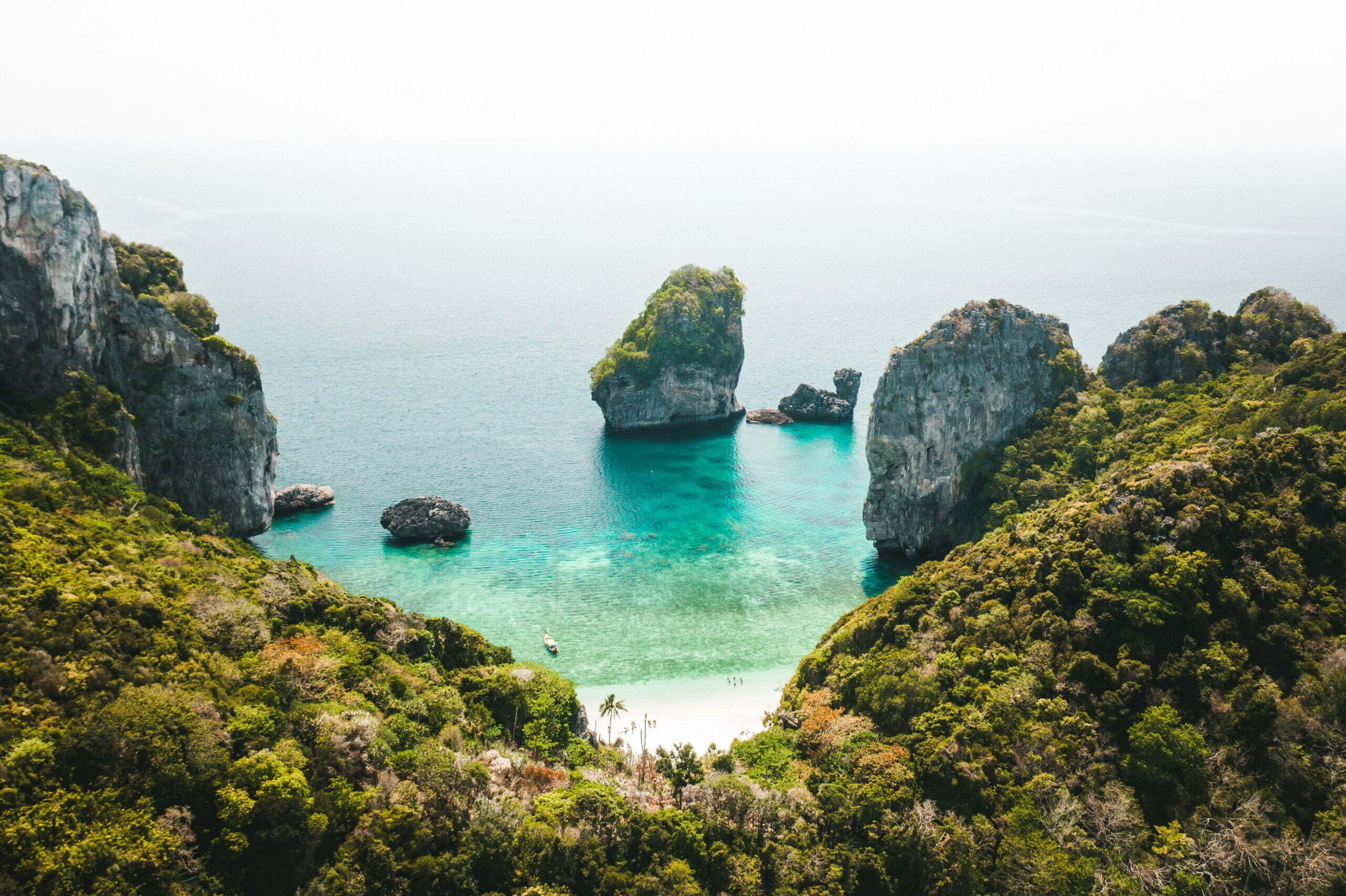


Leave a Reply